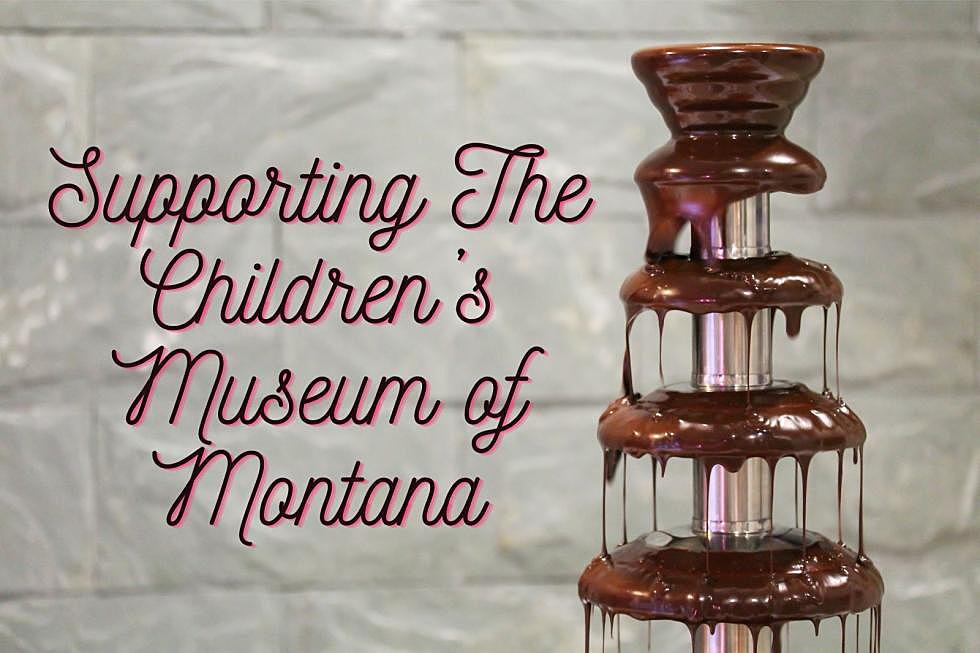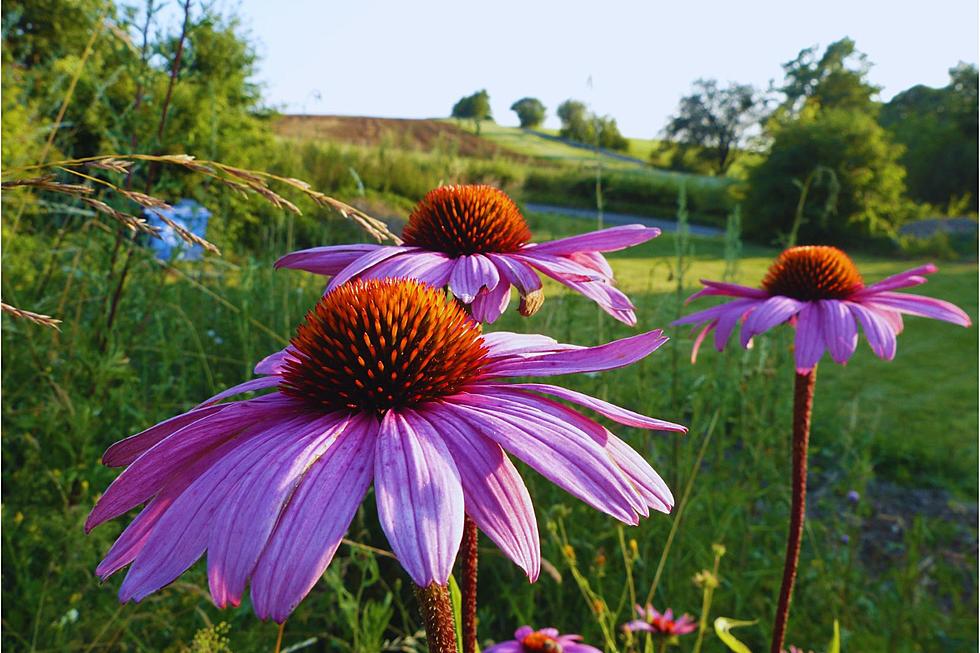
Camping Fun With The Kids. Get Messy On Your Next Trip.
Camping is one of our favorite family activities. Especially when the kids were younger. When the boys were between the ages of 6-12, we were on a new adventure every weekend we could get out of town. We spent a lot of time with our friends and there children on these camp trips. Keeping them busy, in some kind of organized way, kept us adults from staying somewhat sane.
Camping Crafts! We would choose what we wanted to do well in advance, and share with the other parents, to figure out who was bringing what. The messier the better. Your camping, why not. We were always by a river or lake, so telling the kids to go swimming was an easy way to clean up.
Here are a few of the great camping crafts that the boys and I enjoyed. Not only do I have those cherished memories, I also have some of the crafts we did 15 year ago as keepsakes.
Tie Dye
Not a big fan of having 8-10 kids that are between the ages of 4-12 in my house using dye, but out camping is fine by me. Pick up a Tie Dying kit and make sure to bring everything the kit says you will need. Bring extra shirts to tie dye. The kids were having so much fun and then the adults quickly joined in on the fun. (The adults were the ones that didn't bring anything to tie dye but they did regret it). I would also bring a few more buckets and a lot of plastic gloves.
Plastic Bead Suncatchers
Making plastic bead sun catchers can brighten up any space with colorful, light-catching designs.
Materials Needed:
- Plastic beads (transparent or translucent)
- Foil pans from the dollar store (round pie shaped is what we used)
- Parchment paper or aluminum foil
- Cooking spray (optional)
- Drill or hot nail (for making hanging holes)
- Ribbon or string (for hanging)
Instructions:
- Campfire. You don't need a big fire, no big flames, you need some steady heat
- Grease the foil pans (you can use cookie cutters in the foil pan to make different suncatcher designs, grease both)
- Fill the foil pan or cookie cutters: Carefully fill the cookie cutters with plastic beads. You can arrange them in a single layer or stack them to create different designs and color combinations. Make sure to fill the foil pan or cookie cutters completely, as the beads will melt and shrink during the baking process.
- Place the foil pans on cookie sheet that can sit level on the edge of the campfire but close enough to get some heat. Keep a close eye on them to prevent burning. You should be able to watch as the beads melt.
- Once the melting is complete, carefully remove the tray from the fire and allow the sun catchers to cool completely.
- Remove the sun catchers from the cookie cutters: Gently press and flex the cookie cutters to release the cooled sun catchers. If you used cooking spray or grease, this step should be easier.
- Use a drill to make a little hole in the top of the sun catcher, add some string, and hang.
Handprint Stepping Stones
These are my favorite. We did this 15 years ago, and the stepping stones are and have always been in my flower bed.
Materials you will need:
- Ready to Mix Concrete
- Disposable Foil Pans or Plastic Molds
- Buckets
- Mixing tool
- Cooking spray or petroleum jelly: This will help in releasing the concrete from the mold.
- Sponges
- Decorative elements: Pebbles, glass gems, seashells, or mosaic tiles (optional)
- Protective gloves
- Plastic wrap or trash bags (to cover the mold)
Instructions:
- Prepare your mold: Spray the inside of the mold or coat it with petroleum jelly. This will help in releasing the concrete later.
- Mix the concrete: Follow the instructions on the concrete mix package.
- Pour the concrete mixture into the prepared mold. Fill it to a depth of about 2-3 inches to ensure durability.
- Smooth the surface: Use a trowel or a mixing tool to smooth the surface of the concrete in the mold. Make sure it is level and free from any lumps or bumps.
- Press your hand firmly into the concrete surface, making sure your handprint is deep enough to leave a lasting impression.
- Personalize your stepping stone (optional): If desired, you can add decorative elements like pebbles, glass gems, seashells, or mosaic tiles to the surface of the stepping stone.
- Cure the concrete: Follow the instructions on the concrete mix package regarding the curing time. Typically, it takes about 24-48 hours for the concrete to fully cure. During this time, cover the mold with plastic wrap or trash bags to prevent moisture loss.
- Once the concrete has cured, carefully remove the stepping stone from the mold. You may need to tap the sides of the mold or gently flex it to loosen the concrete.
- Finishing touches (optional): If you want to add some color to your stepping stone, you can paint it with weather-resistant paint or use concrete stain. Allow the paint or stain to dry completely before placing the stepping stone in your garden or pathway.
I hope everyone enjoys these camping crafts as much as I did. Make those memories, and keepsakes with the kids. Before you know it, those kids become adults.
Top Things We Always Forget When Going Camping
More From 94.5 Max Country









